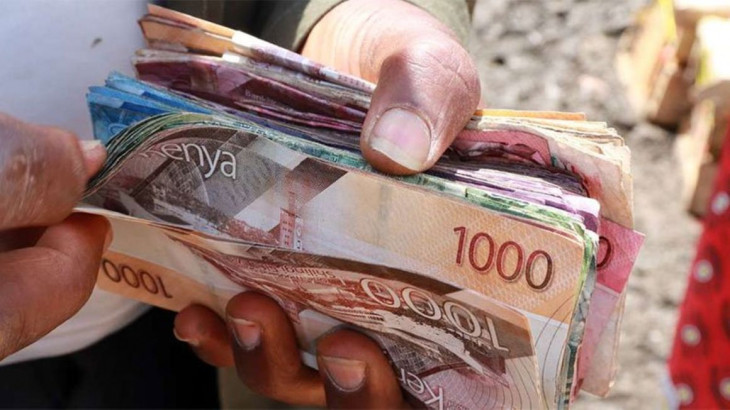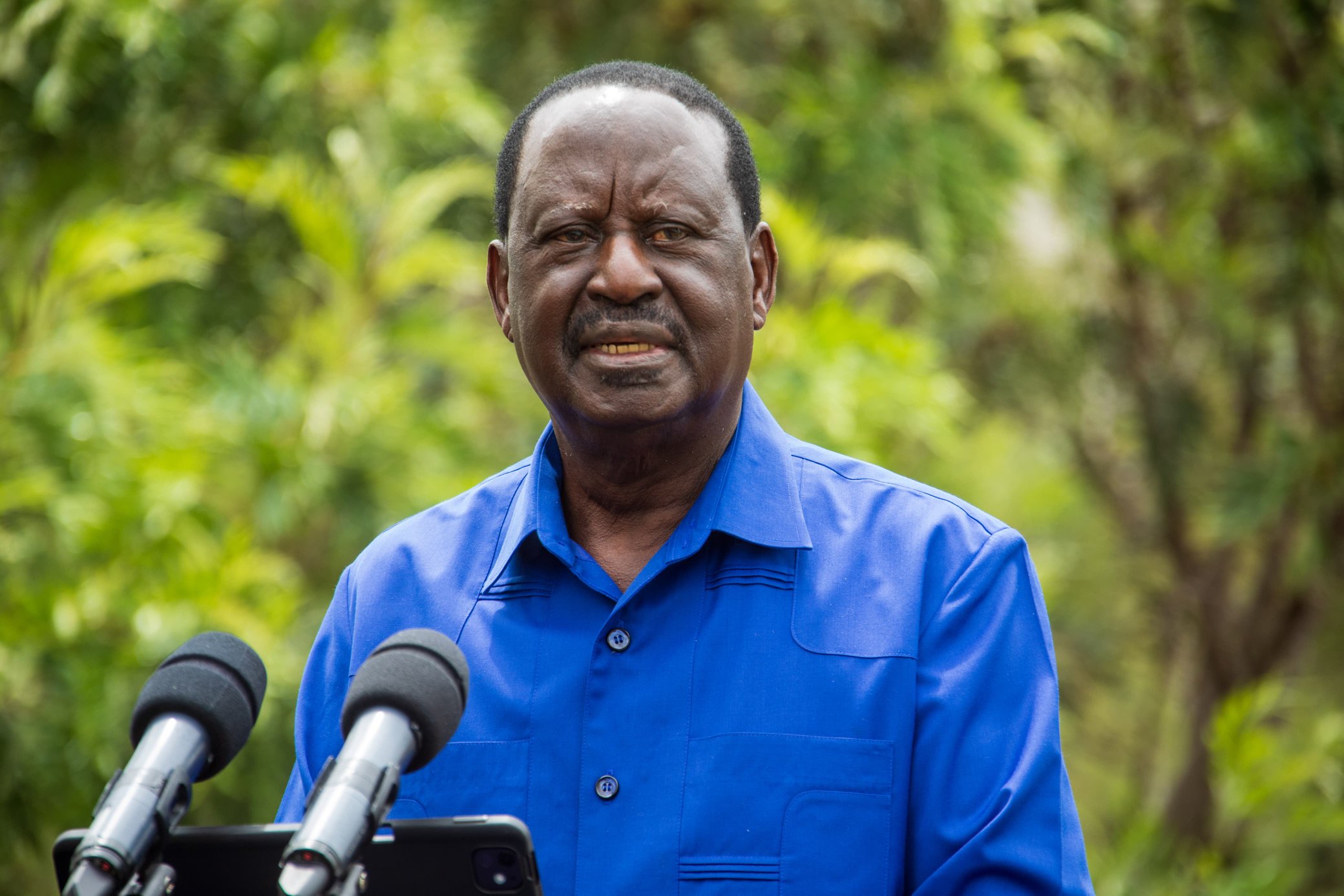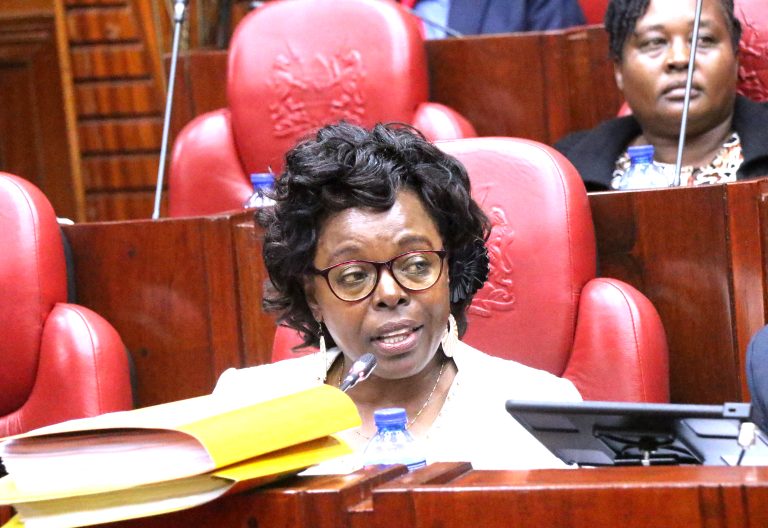Kenya faces queries as shilling holds steady at 129 to the dollar

For nearly 11 months now, the Kenyan shilling has exchanged at a consistent rate of Sh129 to the US dollar. On paper, this is a dramatic strengthening from over Sh170 in January of the previous year — a move that has raised eyebrows across economic and diplomatic circles.
However, the currency’s decline against the Euro (now at Sh141) and the British Pound (Sh171) paints a more complex and contradictory picture. With the backdrop of renewed global tariff wars under the Trump administration and rising scrutiny from Washington, many are beginning to ask: Is Kenya manipulating its currency?
One would argue that the shilling is stronger because the dollar has taken a beating in recent weeks falling sharply against major world currency due to Trump tariffs, however the since July 2024, the shilling has been steady at 129 to date. It has neither appreciated nor depreciated against the dollar meaning the currency is oscillating within a narrow band. Ordinarily, the currency would have appreciated against the dollar as the greenback plummeted across the board last month to a three-year low.
The stability of the Shilling, especially in the face of a slowing domestic economy, has puzzled market analysts. Typically, a stronger currency would reflect solid economic fundamentals — reduced debt, rising exports, or booming gross domestic product (GDP) growth.
Yet Kenya’s economy tells a different story. Growth decelerated to 4.7 per cent in 2024, down from 5.7 per cent the year before. Key sectors such as construction, mining, and quarrying contracted, and most other sectors recorded only sluggish gains. Public debt, meanwhile, remains a pressing concern, and inflationary pressures persist.
The Central Bank of Kenya Governor Kamau Thugge says improving economic environment has led to increased remittances, higher tourists arrivals leading to a stronger currency.” Exports grew by at least 15 per cent last year, tourist arrivals grew by almost 15 percent and remittances grew by almost 18 percent. At the same time oil bill reduced because prices were lower,” says Thugge, he did not explain the shilling would settle at Sh129 to the dollar for eight months.
Calmed down markets
Treasury principal secretary Christopher Kiptoo says the repayment of the previous Eurobond has helped manage possible default expectations and calmed down markets. “It’s not about patriotism or optimism. We have to ask: Has the Kenyan economy improved or public debt decreased in order to warrant a stable exchange rate? That is, what Kenyans should be asking themselves,” argues Ivy Oyori, a respected financial advisor and public policy commentator. skepticism is widely shared. The fact that the shilling has stayed fixed at Sh129 for such a long stretch — in a period marked by volatility in global markets and dollar weakness due to the Trump administration’s escalating tariff wars — has intensified speculation that the rate is not being determined purely by market forces.
Indeed, in 2023 the International Monetary Fund (IMF) classified Kenya under a “managed floating exchange rate” regime.
In essence, this means the Central Bank of Kenya (CBK) intervenes in the currency markets to influence the exchange rate, ostensibly to prevent sharp shocks or excessive volatility. While such intervention is not inherently problematic, it becomes controversial when a currency is kept at a seemingly artificial level for extended periods — particularly when that stability coincides with geopolitical tensions.
Kenya’s apparent reluctance to allow the shilling to move naturally during the recent dollar slide has drawn the attention of Washington.
The Trump administration, which has reignited its “America First” trade war rhetoric, last week listed currency manipulation among the concerns it holds with major trading partners. Kenya, while not a top-tier economic rival to the US, is under review as part of ongoing trade negotiations. A brief from the White House cited the legal basis for the review: “The Secretary of the Treasury is required to assess the policies and practices of major US trading partners with respect to the rate of exchange between their currencies and the United States dollar pursuant to section 4421 of title 19, United States Code, and section 5305 of title 22, United States Code.”
This points to possible consequences for Kenya if found guilty of manipulating its exchange rate, including being excluded from favourable trade terms.
These concerns are not new. Washington has, since the last administration, repeatedly cautioned Kenya to avoid exchange rate manipulation — making it a precondition for any future bilateral trade agreements. In a world where trade is increasingly weaponised, being on the wrong side of the US Treasury Department’s scrutiny could have far-reaching implications.
Despite this, the Central Bank of Kenya has maintained that the currency is driven by supply and demand forces.
“The exchange rate is market-driven and reflects supply and demand. The, CBK only intervenes to smooth out volatility, not to manipulate the shilling,” the regulator said amidst mounting criticism.
Political optics
Some observers argue that the government is motivated by political optics — using a strong shilling to signal economic stability ahead of sensitive policy decisions or international loan negotiations.
Others suggest that the CBK may be drawing on foreign reserves or leveraging short-term capital inflows to maintain the rate. However, this strategy comes with risks. Artificially propping up a currency can create distortions in the market, making exports more expensive and imports cheaper — which can harm local industry. It also opens the country up to a potential currency shock if and when the artificial support is withdrawn or becomes unsustainable.
Moreover, the inconsistencies are glaring. If the shilling is truly gaining strength, why then has it lost ground to other major currencies like the Euro and the Pound? One answer may lie in the relative movement of these currencies against the dollar. However, the lack of transparency around Kenya’s currency policy only deepens the confusion.
Financial markets thrive on confidence and predictability. The longer the shilling remains fixed in defiance of market signals, the greater the risk that speculation turns into fear — prompting capital flight or investor hesitation. With a global economy in flux and international attention growing sharper, Kenya may soon be forced to clarify its position.















